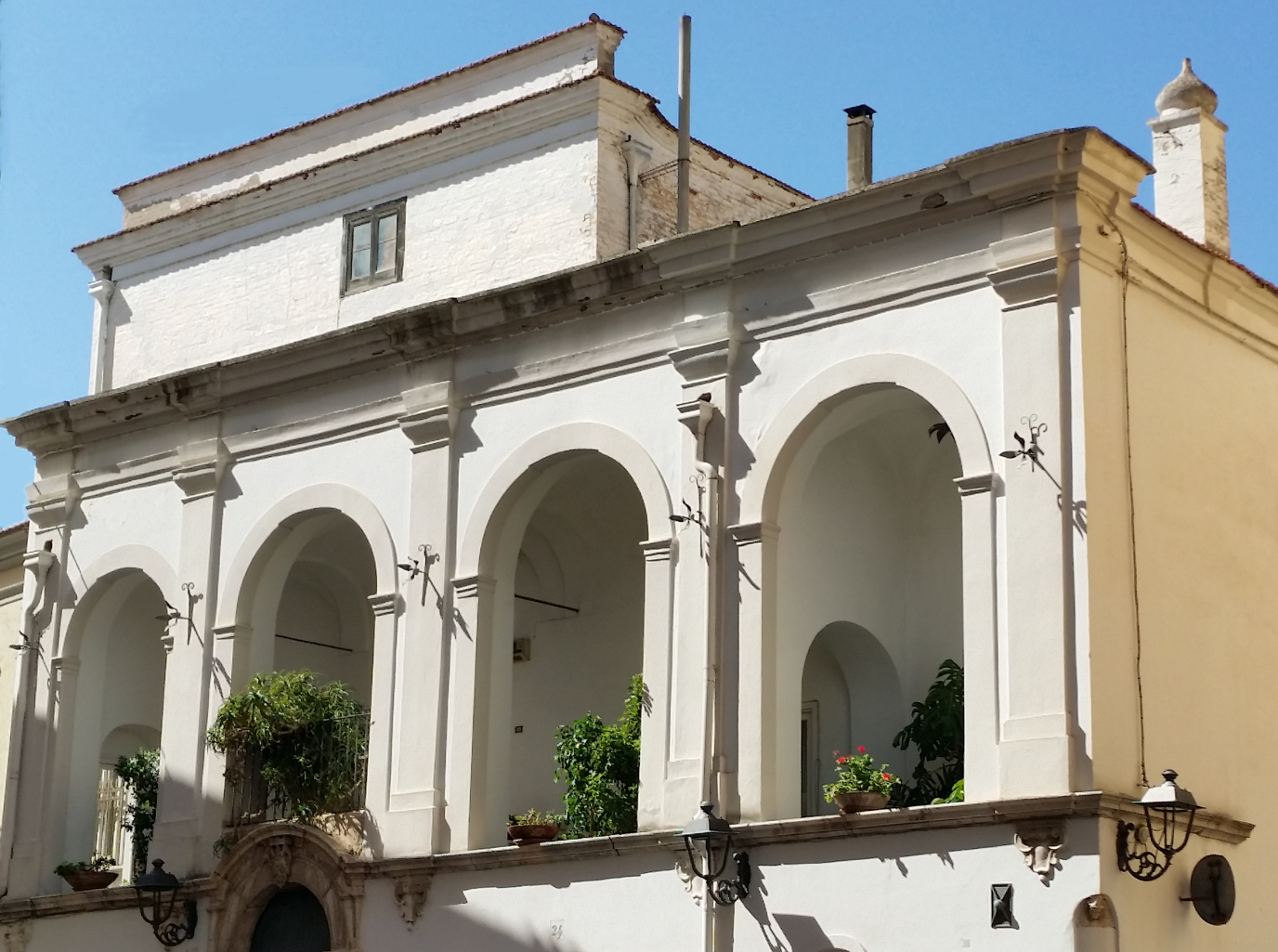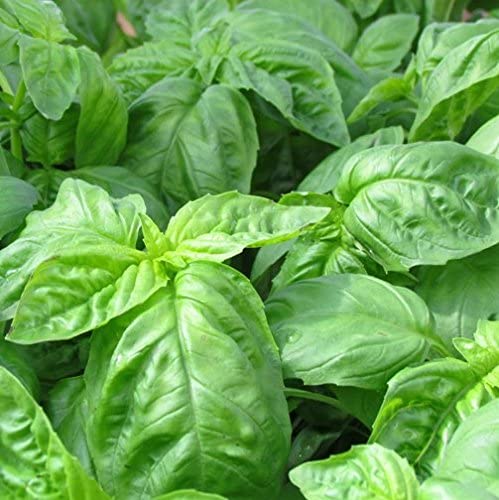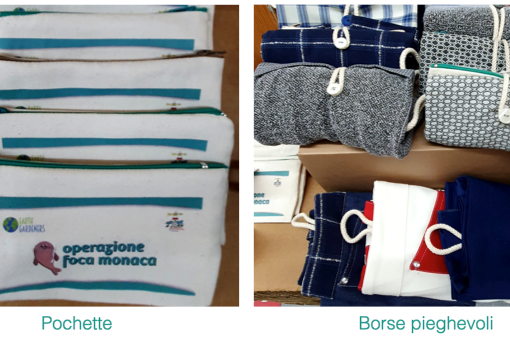
… when in a “basso” slept families that even had ten children. White houses, painted with lime inside and out, every year, between April and May. The lime cleaned and, pass after pass, eliminated the edges and made the walls a little round.
White alleys, which in spring became dazzling, interrupted by clothes hanging on ropes held up by sticks that ended in a V.
Next to each door one or more basil texts, sometimes in the company of red and pink geraniums. The jars were large “buatte” that had contained peeled tomatoes or salted anchovies. A few holes in the bottom would have allowed excess water to flow out and two holes on the sides allowed a wire to keep the vases suspended. Never let it be dust or a dog …
The seeds had been stored from the previous year and in February-March, they were barely buried, with care, in the lush and dark earth taken from the fields of the Tavoliere. A straw blanket, delicately distributed, was mulch to prevent other intruding plants from developing and kept the minute seeds warm to protect them from the last colds.
And then, the small plants. Many appeared few could remain. The most beautiful and the best arranged in the tiny suspended field were looked after carefully, watered so that too much water did not run from the holes in the bottom: in order not to waste water and not stain the immaculate wall.
In June, while in the fields to the east, where vineyards and olive groves ended, the tomatoes began to turn red, to the west, gigantic machines harvested and threshed the durum wheat of the plain.
In the meantime, in the streets of San Severo, the basil plants had become small hanging bushes and were waiting for the moment when they would meet the tomatoes that became sauce and the wheat that became pasta.
The basses have emptied, the families live in comfortable and spacious houses and count at most two or three children, the streets have lost their whiteness and acquired new colors.
The basil has moved to the upper floors and passed from “buattas” to earthenware pots, on the balconies it mixes its broad green leaves with the flowers of geraniums and roses, the fragrances blend, and the streets smile with colors.
In June, basil continues to wait for wheat and tomatoes from the fields to arrive in the city to meet them in the pots and dishes of the Southern People.

Credits:
Author: Anna Lacci is a scientific popularizer and expert in environmental education and sustainability and in territory teaching. She is the author of documentaries and naturalistic books, notebooks and interdisciplinary teaching aids and multimedia information materials.
Translation by Maria Antonietta Sessa




